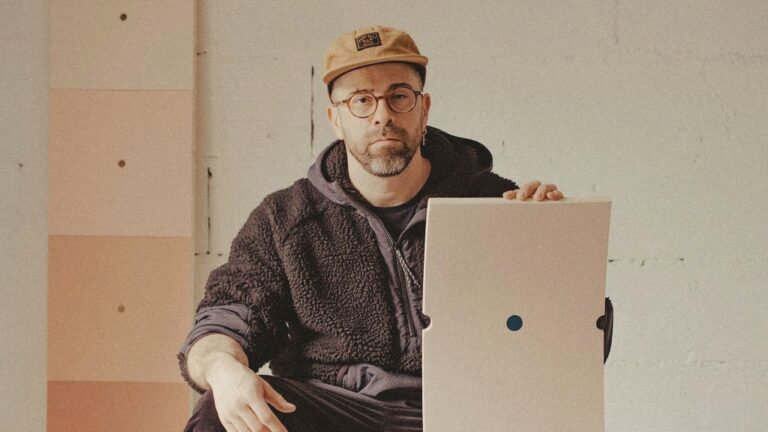
How To Manage Your Contacts as an Artist
Tutorial & Template
Born in 1966 in Hexham, England, Glenn Brown is a contemporary artist living and working between London and Suffolk. Brown is best known for his figurative paintings of dynamic trompe-l’oeil of heavy impasto’s, which are in reality very smooth and flat two-dimensional strokes of paint.
Brown can be seen as a contemporary painter examining art history, popular culture, and found imagery. It forms Browns starting point as source material, from which he departs by distorting and manipulating the images. He takes on classical paintings, poses, art historical references or iconic images in an eclectic, most often colorful manner.
By manner of appropriation, Brown transforms these images, making them his own. Alterations in colour, size or composition, result in grotesque figures emerging from the swirling brushstrokes, marked by his illusion of impasto painting, versus the photographic flatness of the surface. Doing so, the British artist questions our obsession with authorship, the artist’s signature and his brushstroke.
Further, Glenn Brown is also occupied with sculpture – layering casts with large blubs of paint – and drawing, in which he creates complex line-based works reminiscing baroque printmaking.

The British artist is represented by industry leading art galleries such as Gagasion and Galerie Max Hetzler. Since the turn of the millennium, his career took off internationally becoming a highly established artist.
He has exhibited across the globe, including solo exhibitions at major institutions such as the Centre d’Art Contemporain in Paris, France; Serpentine Gallery in London, the United Kingdom; the Kunsthistorisches Museum in Vienna, Austria; the Tate Liverpool, England; the Fondazione Sandretto Re Rebaudengo in Turin, Italy; the Ludwig Museum in Budapest, Hungary; the Frans Hals Museum in Haarlem, the Netherlands; the Contemporary Art Center in Cincinnati, the United States of America, or the British Museum in London, the United Kingdom.
Brown has also exhibited at the Centre Pompidou in Paris, France; the Venice Biennale; the Museum of Contemporary Art (LACMA) in Los Angeles, the United States of America; the Kunsthalle in Vienna, Austria; the Galerie Rudolfinum in Prague, Czech Republic; the Guggenheim in Bilboa, Spain; or the Nationalmuseum in Stockholm, Sweden.
Brown is included in our article of the best British contemporary figurative painters.
For further reading on Glenn Brown, we highly recommend the following titles:









Last Updated on May 3, 2023

Tutorial & Template

A Studio Visit During the La BIBI Residency